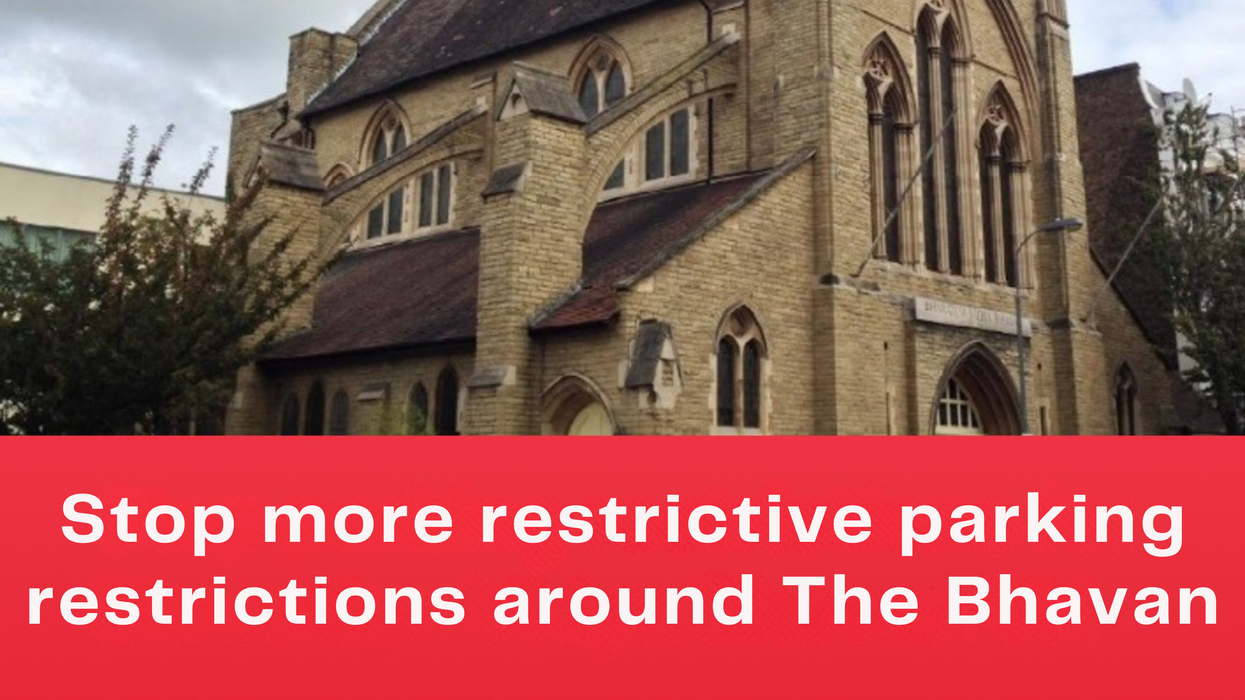Bangladesh has increased security at its largest natural gas field, which is operated by Chevron, the government said today, citing a rare threat by a militant group operating in neighbouring India.
The United Liberation Front of Assam has been fighting for secession from India and many of its members are based in Bangladesh.
Dhaka said it has received warnings from the Indian authorities that the ULFA was planning to target pipelines at the Bibiyana gas field in northeastern Bangladesh.
The Bibiyana field, located in the Sylhet district 278 kilometres from Dhaka, accounts for 45 percent of the country’s gas output.
“We have taken additional security measures to prevent destructive activities in the gas field or on the supply system,” said Interior Minister Asaduzzamn Khan.
In 2014 a Bangladesh court sentenced ULFA’s leader Paresh Barua to death in absentia for his part in a huge arms smuggling operation which was discovered 10 years previously.
Chevron said it was aware of the threat to its operations in Bibiyana. “We are working with relevant government agencies to assess the security situation and take appropriate measures to secure our personnel and operated facilities,” a spokesman said.












